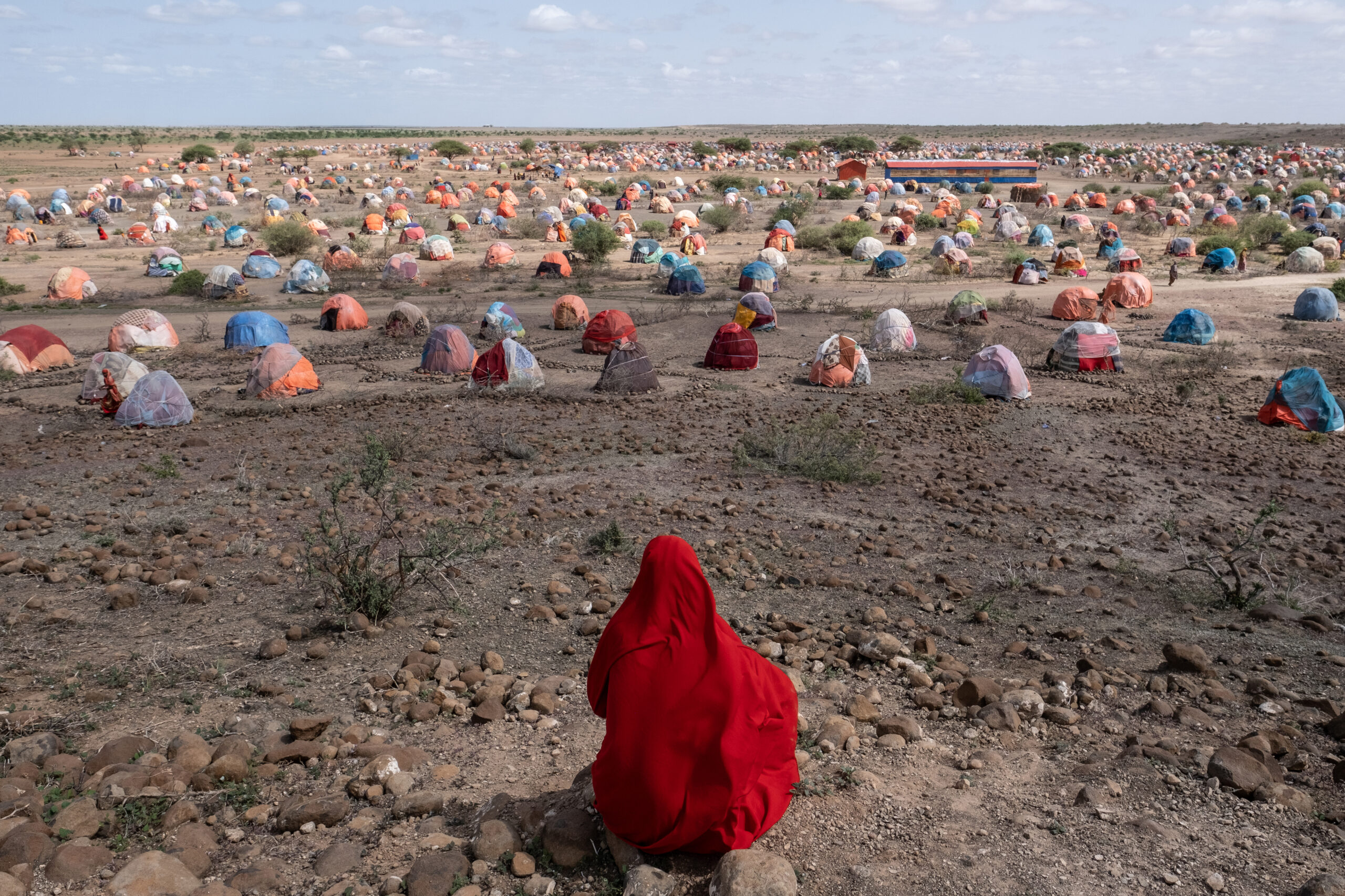The regional winners of the 2023 World Press Photo Contest have just been announced. Photojournalists all around the world often tend to use their gear for a lot longer than enthusiasts do. It’s interesting to see how many still don’t appear to have switched to mirrorless cameras. Whatever the camera used, these images are powerful in their visual impact.
In total, the awards committee received 60,448 photographs from 3,752 photographers worldwide. here are 6 regional categories – Africa, Asia, Europe, North & Central America, South America, and Southeast Asia & Oceania. Each category has 4 winners in the Singles, Stories, Long-Term Projects, and Open Format subcategories. Judging took place from 14th Jan to 24th Feb 2023. Six regional juries and a global jury convened online and offline for this.
At first, the regional jury members made their selections. Then the global jury finalized the 24 regional winners. Of these 24, only 4 go on to win the global category awards. Click here to find out more about this year’s judging process.
Every regional winner takes home €1000 in cash and a physical award. They also get an invitation to the Winners’ Program in Amsterdam and a physical award. Winners and honorable mentions get featured in the annual yearbook.
In addition, the global jury of the World Press Photo Contest gave out honorable mentions for various works.
To better live up to the word ‘World’ that is part of our name, and in order to offer a more global and better geographic balance of perspectives, we changed the set up of our contest to a regional model.
Joumana El Zein Khoury, Executive Director, World Press Photo
Table of Contents
What Makes The World Press Photo Winners Special?
Press photos aren’t meant to be comfortable to look at in most cases. They’re intended to evoke emotions of all kinds. They often remind us of the privileged lives that most of us reading this piece live. The images by regional winners from this year’s contest do just that. I’m not suggesting anyone should switch genres and dive into photojournalism to change the world with their camera. But the next time you grab your gear and head out, take a moment to think about how you could make someone’s life a little better with your photography skills.
Many of the image files that the World Press Photo communications team shared with us had no EXIF data. Most of the European ones had no EXIF info at all. None of the ones in the South America category showed any.
We know that you can see the winners anywhere else, but we also know that a bunch of you are curious about the gear that used to make the images. So here it is.
Africa
Singles – Lee-Ann Olwage (Canon EOS R6, Canon EF 24-70mm f/2.8L II)
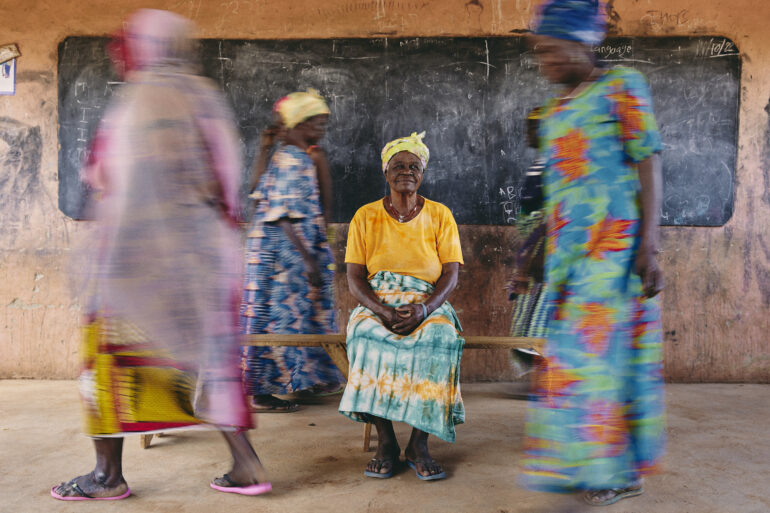
The Canon EOS R6 received high praise in our review.
Stories – Nick Hannes (Fujifilm GFX 100S, FUJINON GF32-64mmF4 R LM WR)
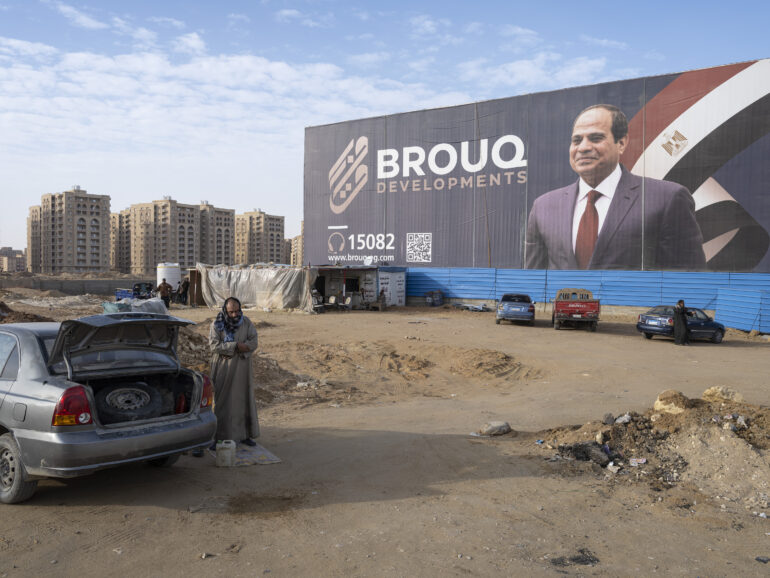
Asia
Singles – Maya Levin (Canon 5D Mark III, Canon EF 24-105mm f/4L)
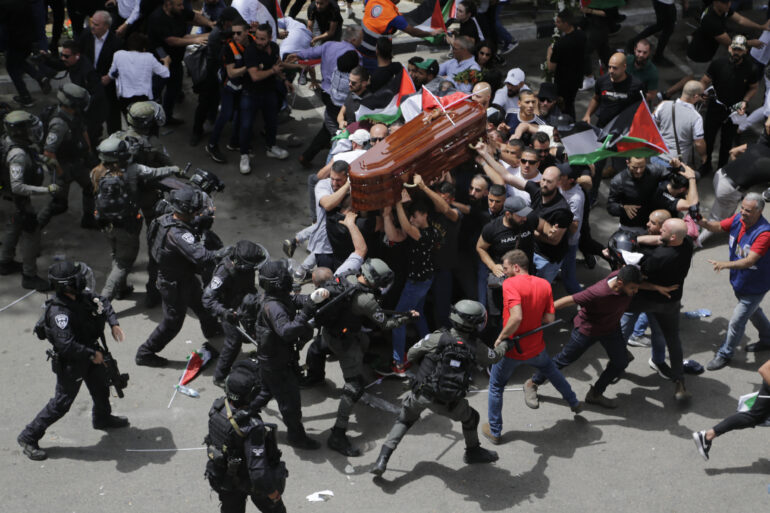
Stories – Mads Nissen (Canon Mirrorless – Model Unknown, Canon RF 24-70mm F2.8L)
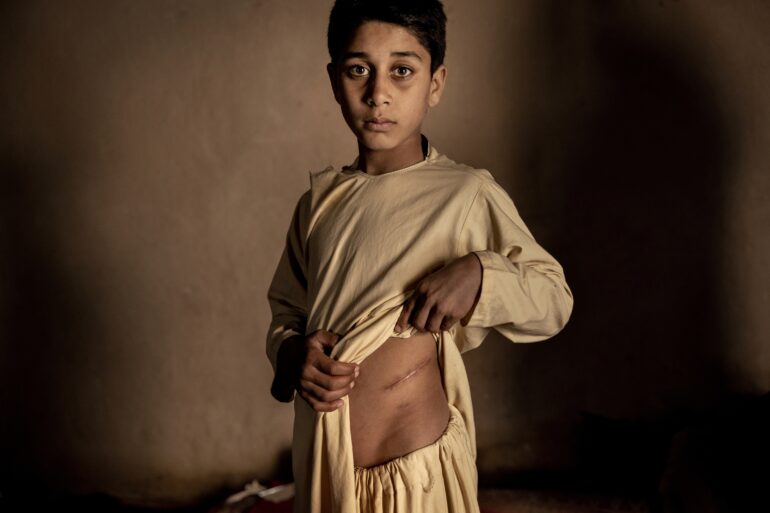
Long-Term Projects – Anush Babajanyan (Canon 5D Mark IV, Canon EF 35mm f/1.4L)
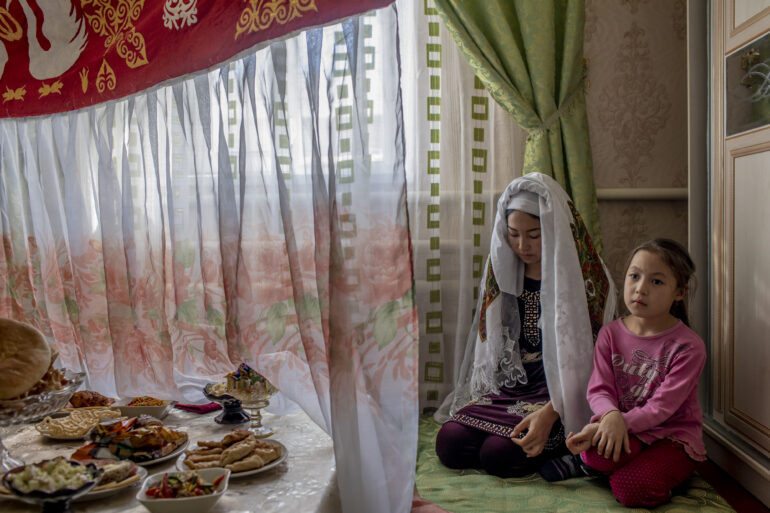
Europe
Stories – Evgeniy Maloletka (Sony A7S III, Sony FE 24-240mm F3.5-6.3)
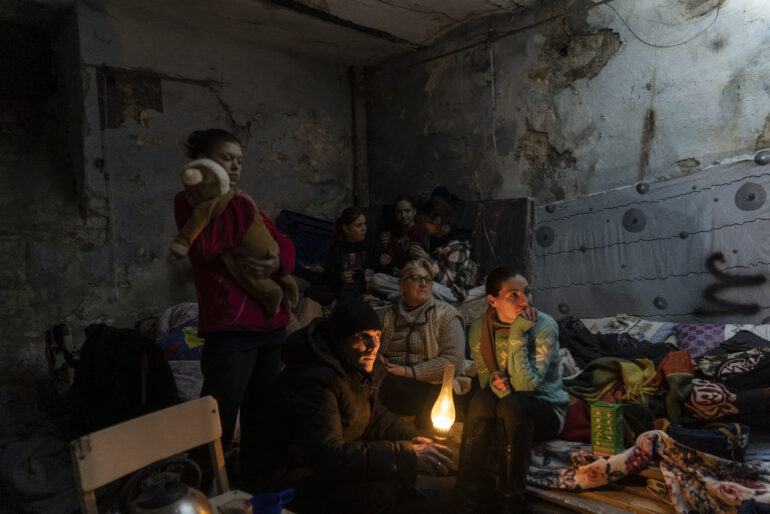
North and Central America
Singles – Jonas Kakó (Canon 5D Mark IV, Canon EF 50mm f1.4)

Long-Term Projects – Cristopher Rogel Blanquet (Dji Air 2S, Dji 22.4mm f2.8)
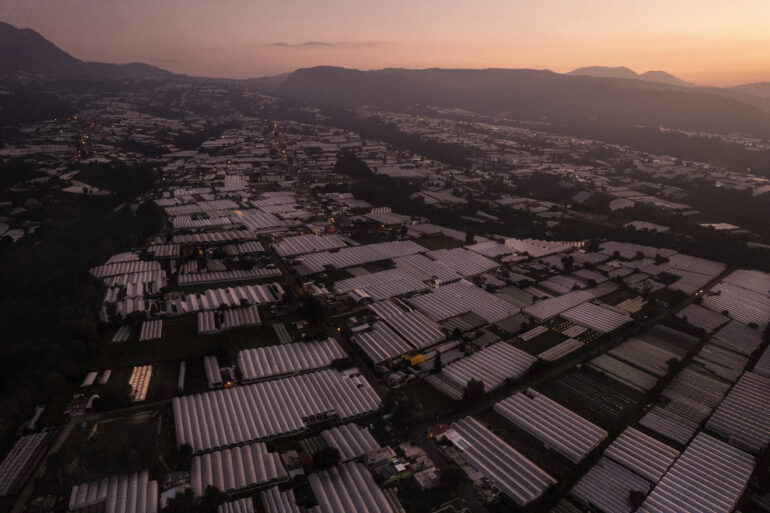
Sometimes you need to see the (literal) big picture to understand the scene better. Cristopher decide to go the aerial route for this photo, and the caption shows us why
Open Format – Ashley Peña (Canon Rebel T6/EOS 1300D, Canon EF-S 18-55mm f/3.5-5.6 IS II)
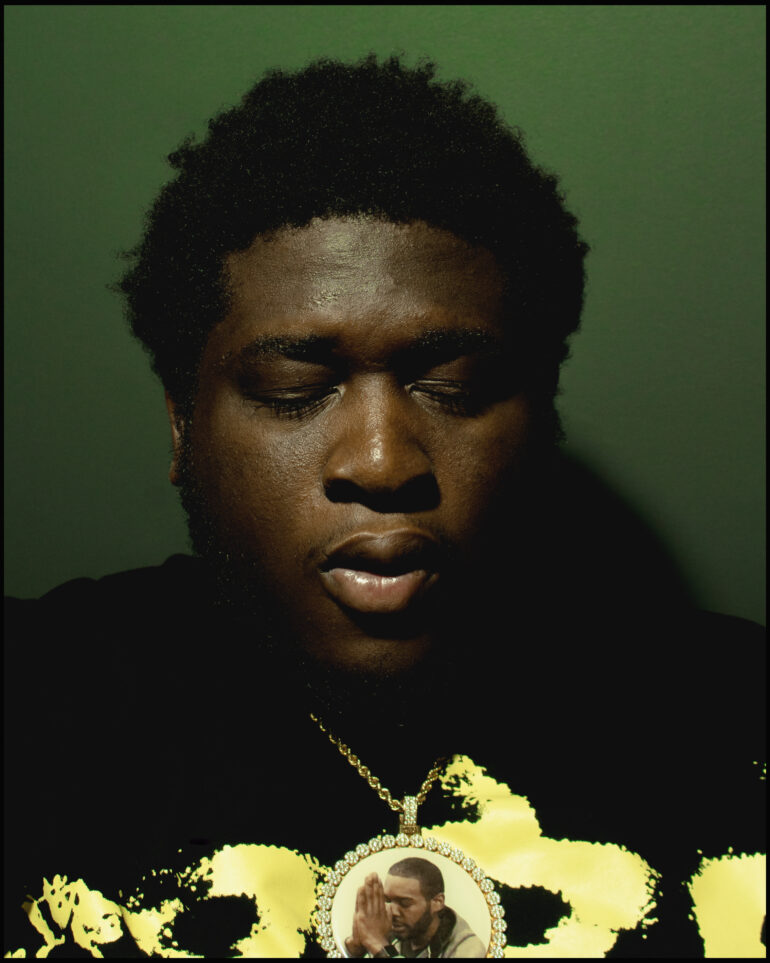
Who would have thought that an entry-level DSLR could take an award-winning image in an international press photo contest? Not me. This shows that any competent camera is capable of taking quality photos. Not necessarily the latest ones you’re lusting after in the hopes that the upgrade will improve your photos.
Southeast Asia and Oceania
Long-Term Projects – Kimberly dela Cruz (Canos EOS 6D, Canon EF 50mm f1.8)
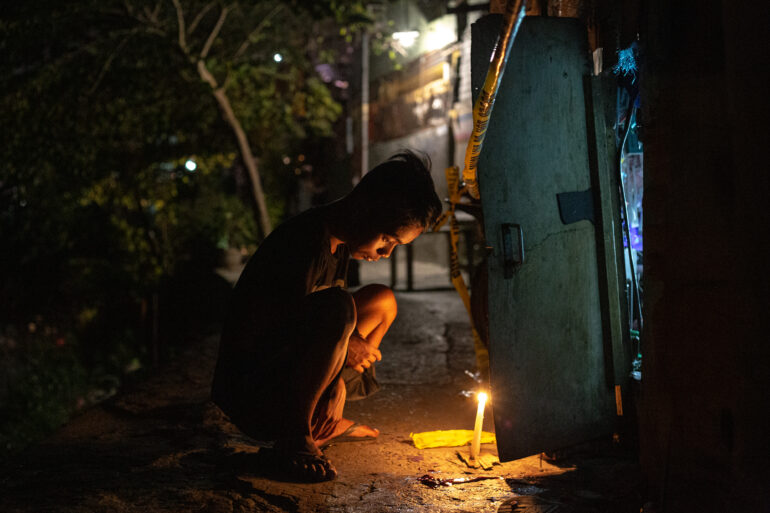
Honorable Mention – Nadia Shira Cohen (Canon 5D Mark IV, Canon EF 28mm f1.8)
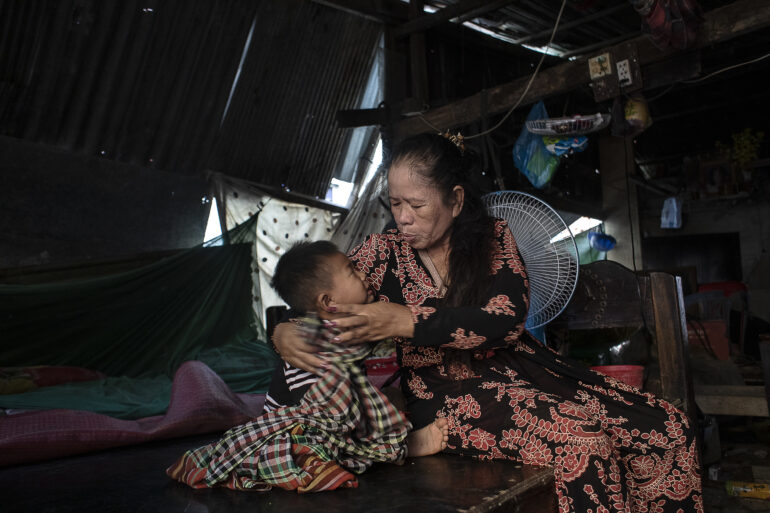
For me, I was looking for pictures that grab you, and that won’t let go. There are images here that let you understand ‘this could be you’. That I can’t get away from.
World Press Photo Contest Jury chair, New York Times photo editor and co-founder of Diversify Photo, Brent Lewis
The Stark Truth
Something that I’ve noticed for many years now with winning press photography images is the reoccurring theme of human suffering. Most, if not all of the winning images for over a decade depict tragedy of the worst kind. Why, as a species, are we still so capable of voluntarily devastating the lives of those less fortunate than ours. Everyone you see in these winning photos has had their livelihood upturned due to some conflict or the other. Almost all of the subjugation and killings that happen due to wars can be stopped today if world leaders put their minds to it. But it’s never the case, as I’ve been observing in over 30 years of following world politics. And that just means that World Press Photo Contens winners for the foreseeable future, are going to be mostly comprised of images of humans struggling for basic rights and privileges.
The emotions that you see in these images is 100% real, unstaged, and raw. The authenticity of the frames screams in your face. The perceptible reality of each photo is something that no AI tool can replicate. So while you might be in awe at what AI generators can do today, let’s remind ourselves what’s real is and what isn’t. You might marvel at what a computer with some data set training can replicate for your screen. But what these photographers would have had to go through to capture these frames, is far more admirable. And my feelings and empathy will pick reality over AI any day.
All images used with the permission of the World Press Photo Contest communications team. The lead image is by Jonathan Fontaine.


